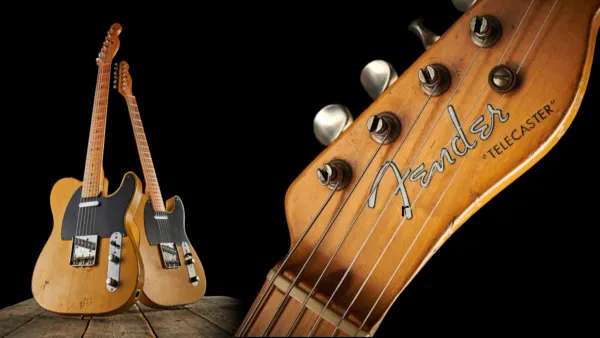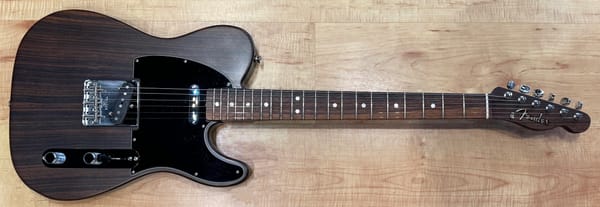Twang Meets the Mainstream: The Telecaster Evolves
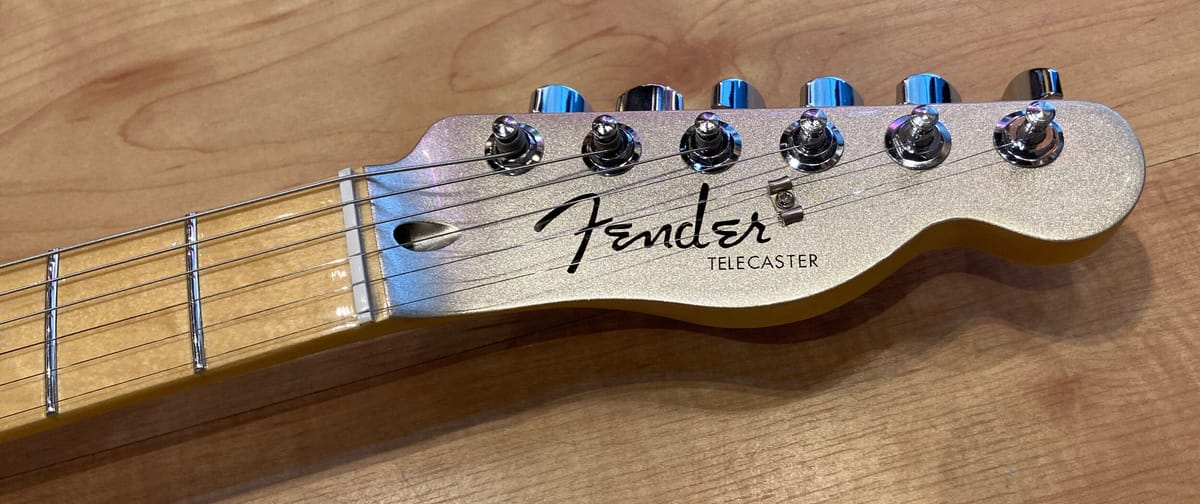
When the Telecaster was introduced in 1951, it represented a radical departure from tradition. But its simplicity and clarity proved to be its superpower. Throughout the following three decades, this unassuming slab of wood and wire would evolve, diversify, and find itself in the hands of genre-defining players across the musical spectrum. In this second part of our series, we follow the Telecaster’s journey from its early dominance through its CBS-era transformations—and examine how it remained a cultural and musical force.
Refinement in the 1950s: Function Meets Form
By 1952, just a year after its release, Fender had already begun tweaking the Telecaster. The original wiring setup included a "blend" control that allowed the player to mix the bridge and neck pickups—a feature that confused many players. By the end of 1952, this was replaced with the now-familiar tone control knob, allowing more intuitive tonal shaping.
Neck profiles also evolved. The earliest Telecasters had large, chunky “U”-shaped necks, which were eventually slimmed down to more comfortable “C”-shaped designs. Maple remained the standard fingerboard material until 1959, when Fender began offering rosewood fingerboards—a nod to the more refined look favored by jazz players.
Custom finishes also became an option, a marketing decision that allowed players to personalize their instruments. This simple feature helped make the Telecaster not just a tool, but an expression of identity.
Soundtrack of a New Era
Throughout the 1950s and early '60s, the Telecaster became synonymous with country and Western swing. The sharp, articulate tone of the bridge pickup delivered the "twang" that players like Buck Owens and Don Rich would elevate to a signature sound. Meanwhile, in the world of blues, legends like Muddy Waters adopted the Tele for its punchy tone and simple elegance. In Waters’ hands, the Telecaster helped shape the sound of urban electric blues.
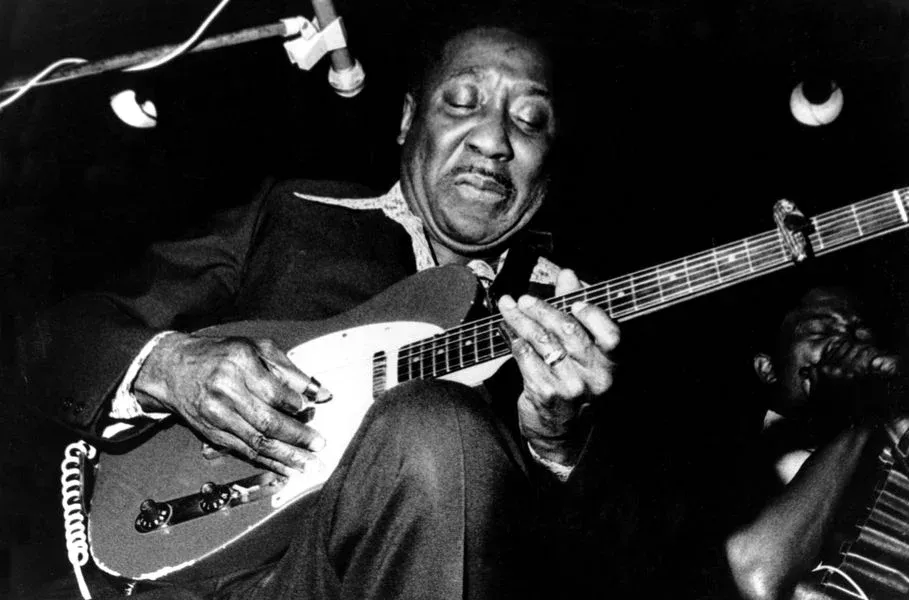
Even jazz musicians, traditionally loyal to archtops, began experimenting with the Telecaster. Guitarist Ed Bickert, for example, used a Tele to deliver warm, articulate tones that defied genre expectations. The guitar’s versatility was beginning to shine.
Enter CBS: The Changing of the Guard
In 1965, Leo Fender—suffering from health issues and facing the pressures of growing demand—sold his company to the Columbia Broadcasting System (CBS) for $13 million. This marked the beginning of the so-called CBS era, a period of corporate ownership that introduced sweeping changes in production and design.
CBS sought to streamline manufacturing, reduce costs, and increase profit margins. As a result, several controversial changes were implemented:
- Three-bolt neck joint: Replaced the traditional four-bolt design in 1971. This was intended to allow easier neck adjustments but often led to instability.
- Larger headstock: Designed for increased brand visibility, though it changed the instrument’s balance.
- Polyester finishes: Replaced the older nitrocellulose lacquers, making guitars more durable but also heavier and less resonant.
Many players believed that these changes led to a decline in quality. A growing vintage market began to emerge in response, with pre-CBS instruments gaining cult status for their perceived superior craftsmanship.
New Models for New Sounds
Despite the criticism, CBS-era Fender also oversaw the introduction of several beloved Telecaster variants:
1. Telecaster Custom (1968):
Originally introduced with cosmetic upgrades like body binding, the model was reimagined in the early '70s with a humbucker in the neck position. Designed by Seth Lover (creator of the Gibson PAF), the Wide Range humbucker gave players a warmer, thicker tone that balanced well with the classic single-coil bridge pickup.
2. Telecaster Deluxe (1973):
Featuring two Wide Range humbuckers, a Strat-style headstock, and four control knobs, the Deluxe was Fender’s answer to the growing popularity of Gibson-style guitars. It found favor with rock and alternative players, offering more output and tonal depth than the standard Tele.
3. Telecaster Thinline (1968):
Originally conceived by German luthier Roger Rossmeisl, the Thinline featured a semi-hollow body with an f-hole, reducing weight while adding a touch of resonance. In 1972, a second version introduced Wide Range humbuckers, turning the Thinline into a true hybrid guitar—half Tele, half something entirely new.
These models helped broaden the Telecaster’s appeal, pushing it beyond country and blues and into the realms of funk, soul, and rock. Players like Steve Cropper (of Booker T. & the MG’s) and Keith Richards began using modified Telecasters onstage and in the studio, further cementing the guitar’s reputation for adaptability.
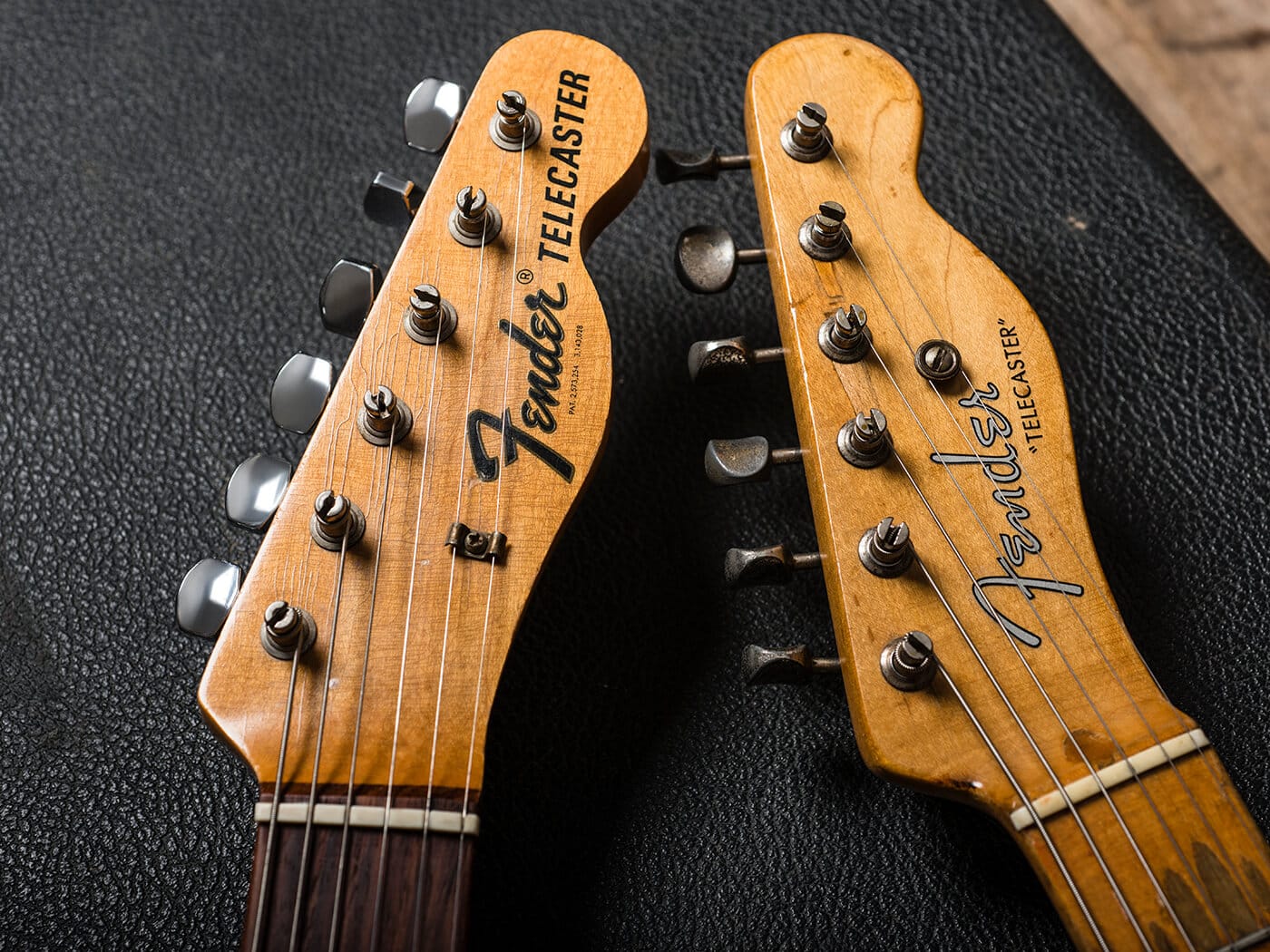
Fender in Flux
As the 1970s progressed, Fender faced increasing criticism. While the CBS era introduced functional innovations and diversified the Telecaster line, purists lamented what they saw as a move away from Leo Fender’s original vision. Issues of quality control, weight, and inconsistent craftsmanship plagued the brand.
And yet, the Telecaster endured.
In garages and arenas alike, it remained a fixture. Punk rockers loved its raw, no-nonsense vibe. Reggae players valued its clarity and chime. Even jazz fusion and experimental musicians found new ways to exploit its simplicity. The Telecaster, like rock and roll itself, refused to be boxed in.
Looking Ahead
By the end of the 1970s, Fender stood at a crossroads. The vintage guitar market was growing, and pre-CBS models were commanding premium prices. Musicians were demanding a return to quality and heritage. In the next part of our series, we’ll explore how the Telecaster found its way into the hands of modern legends—most notably George Harrison—and how models like the Rosewood Telecaster came to symbolize the guitar’s enduring mystique.
Stay tuned as we dive into the legacy, lore, and lasting influence of this most resilient six-string icon.

